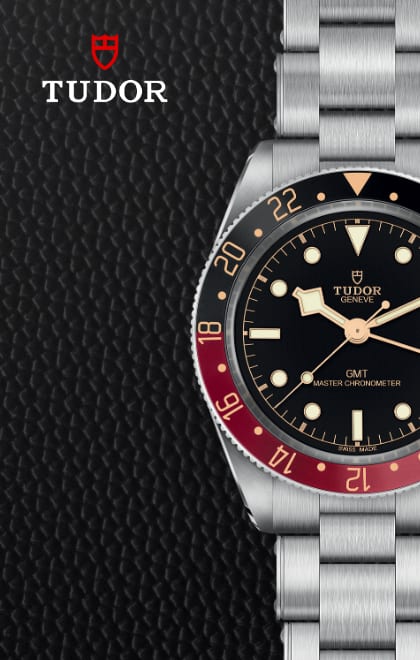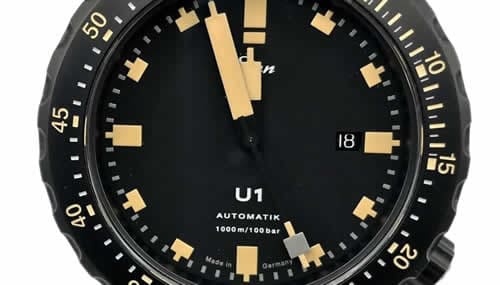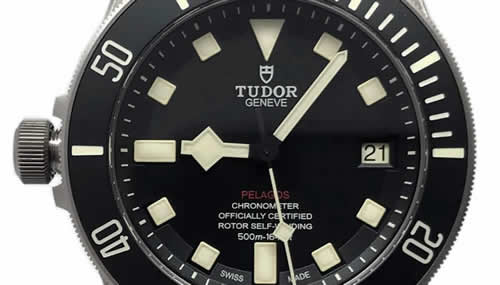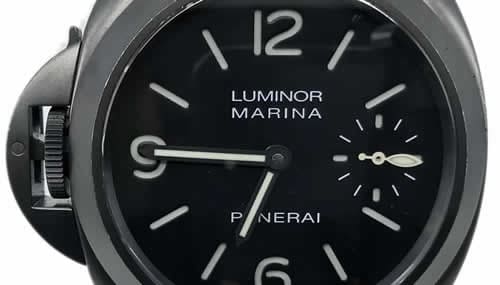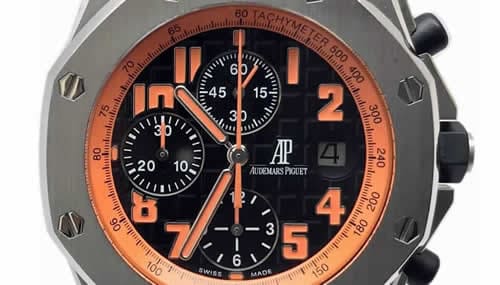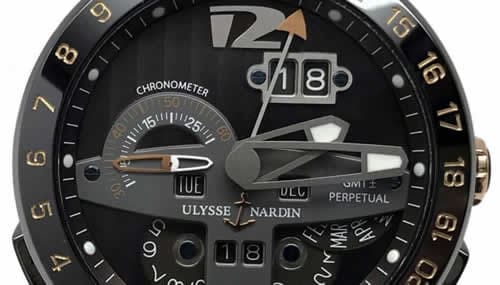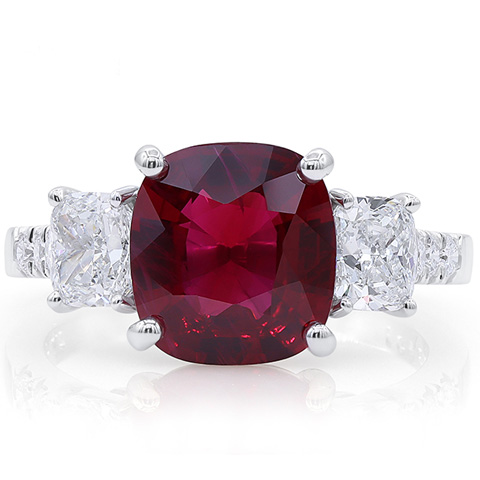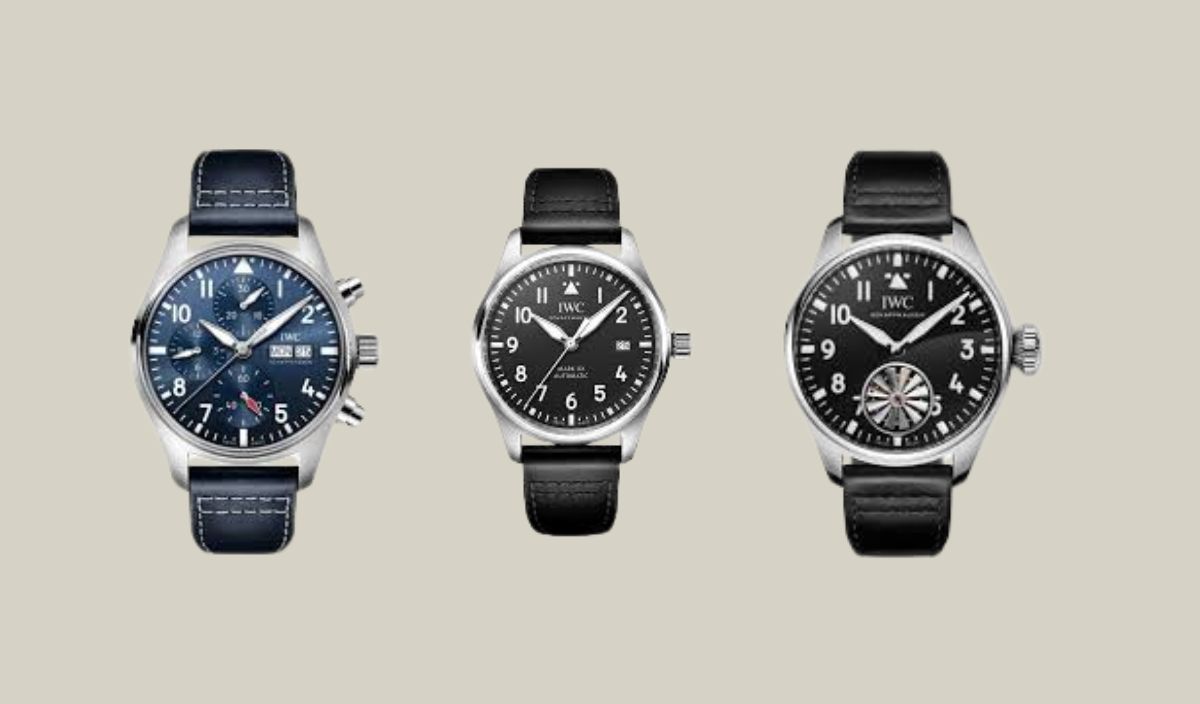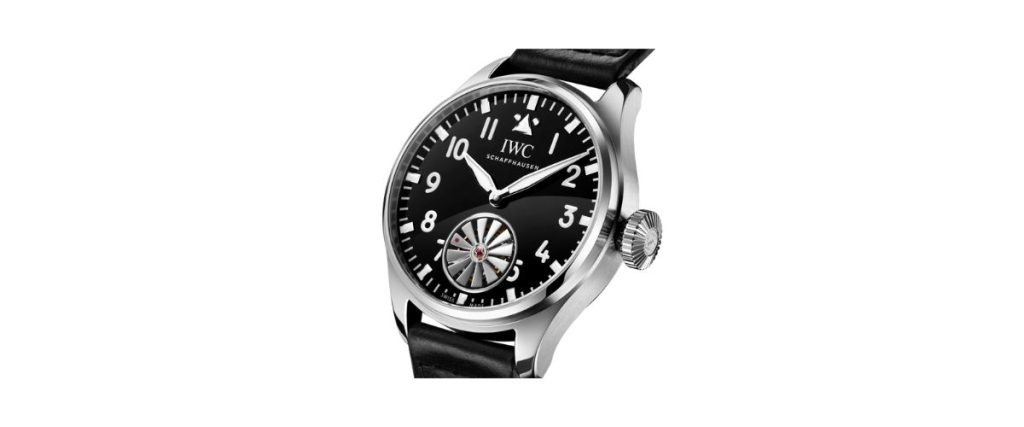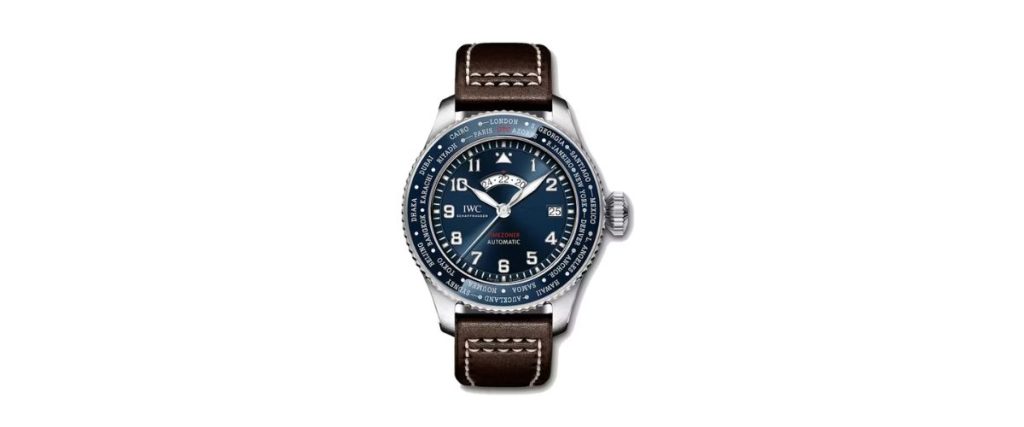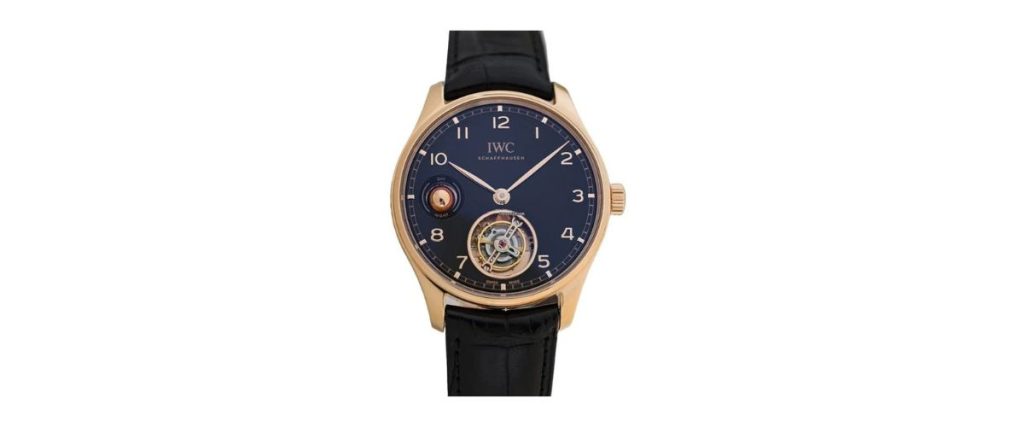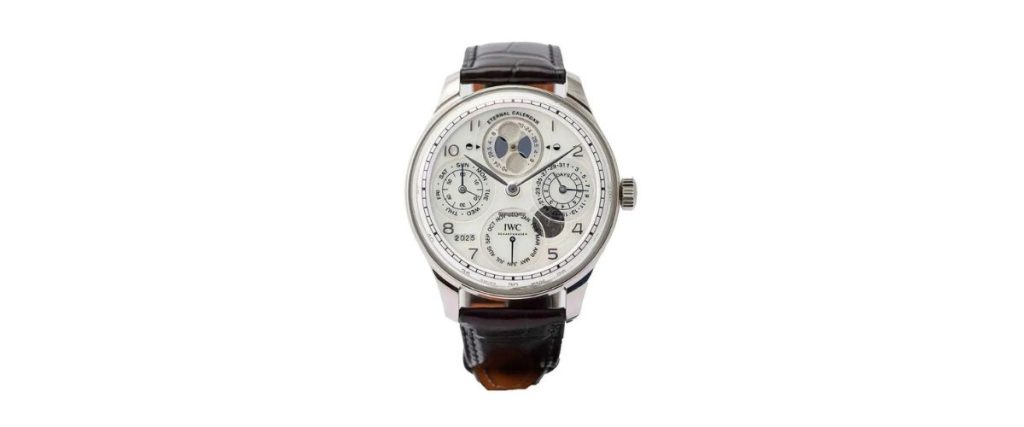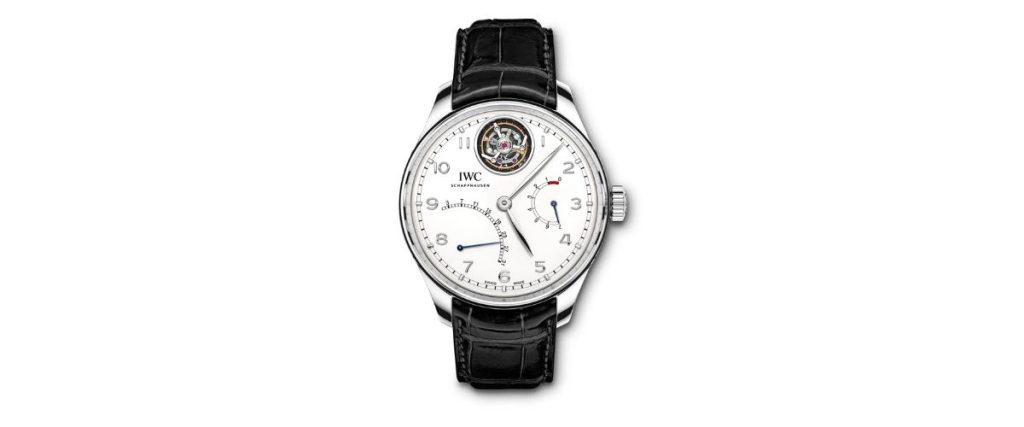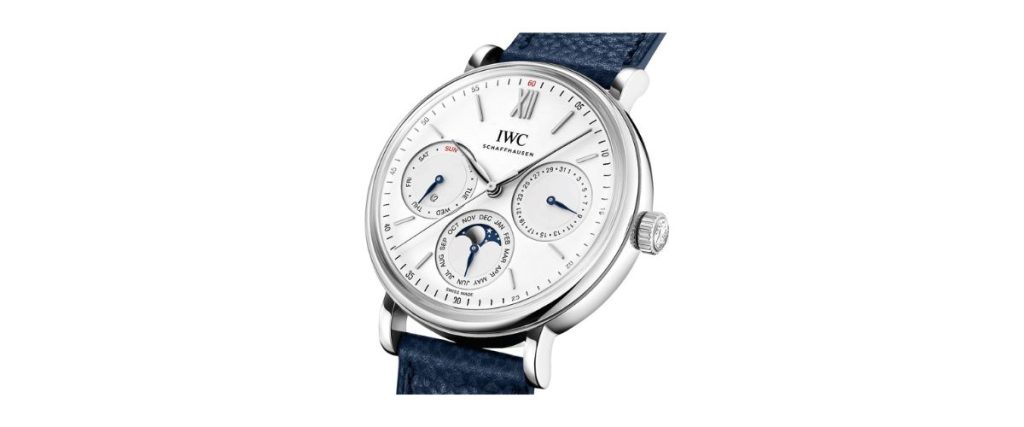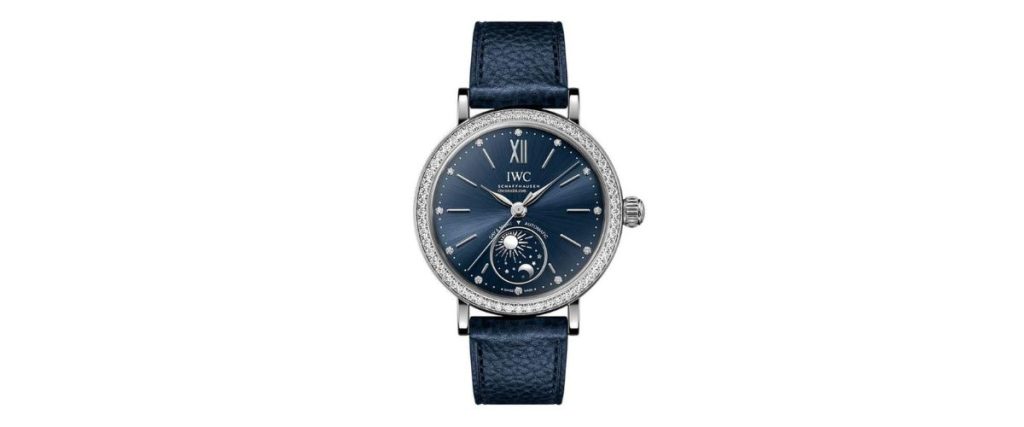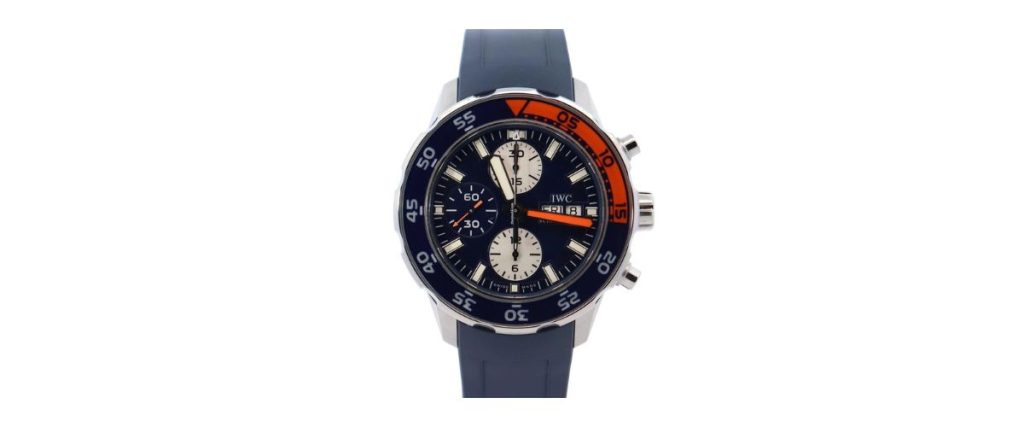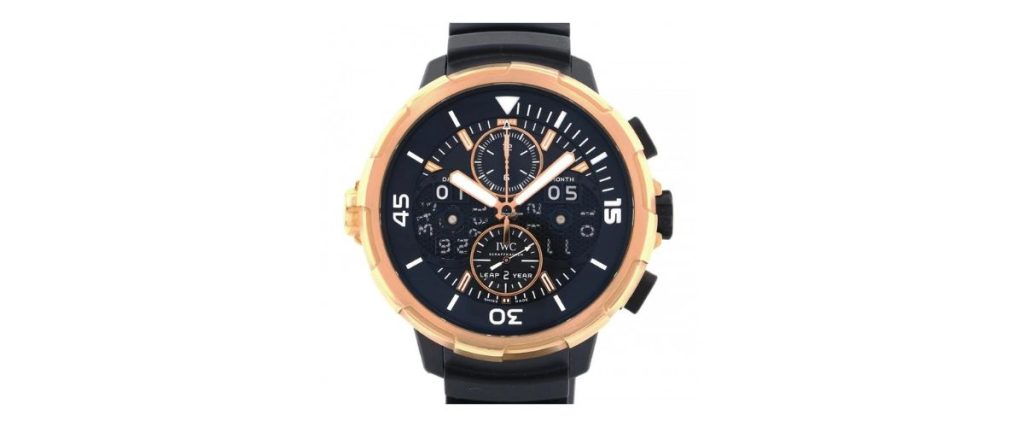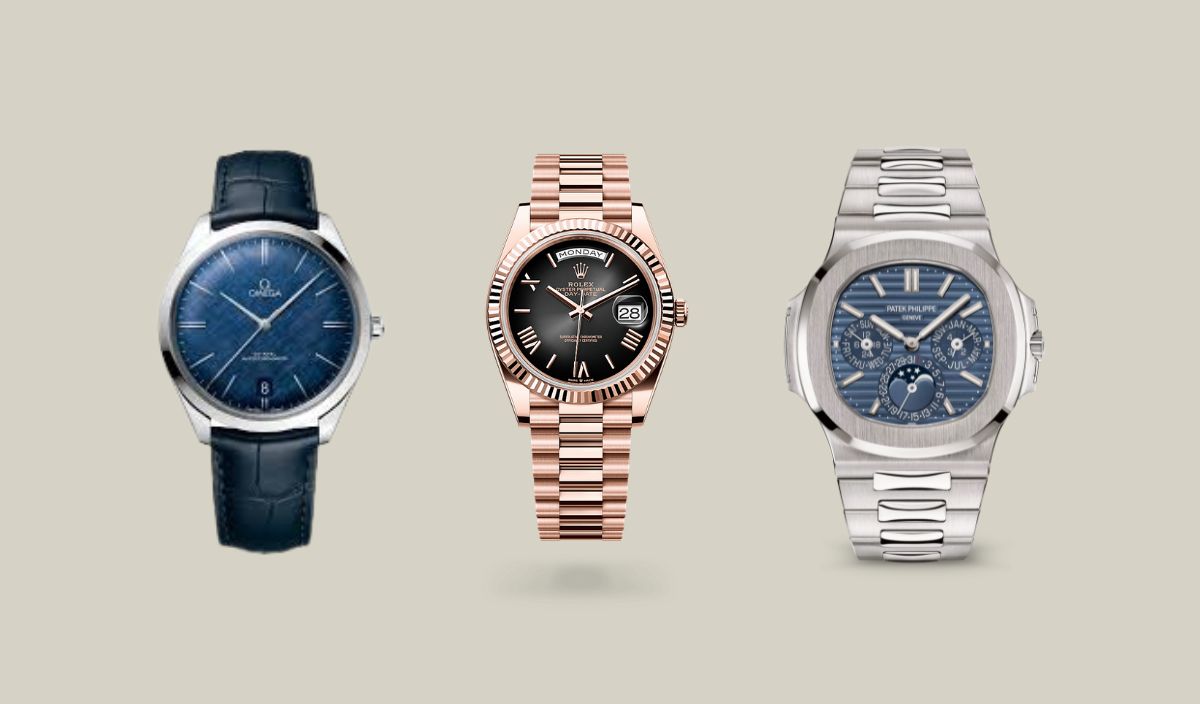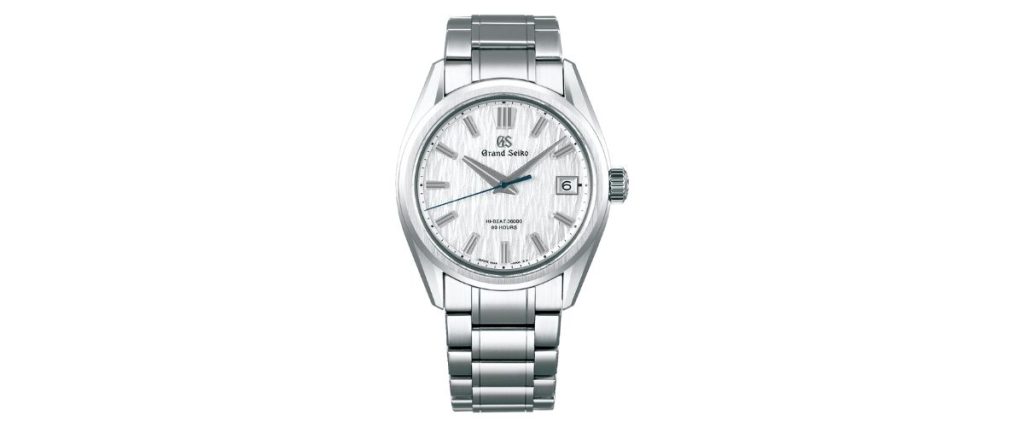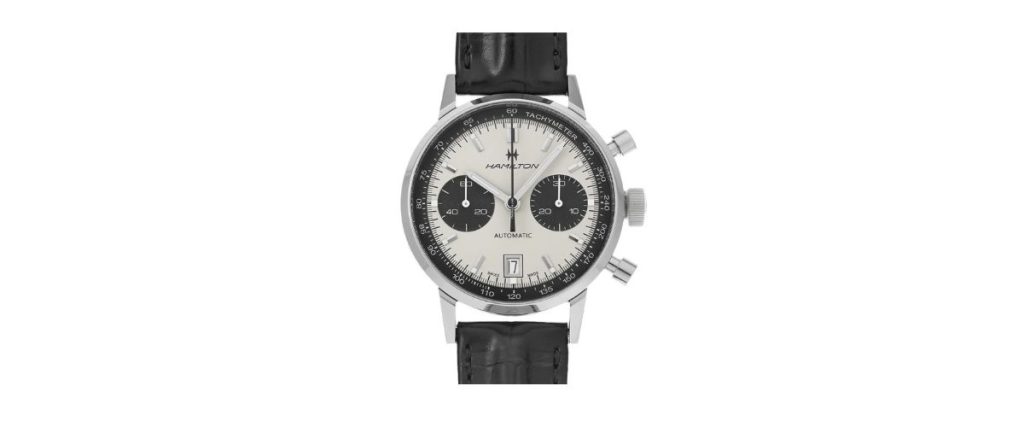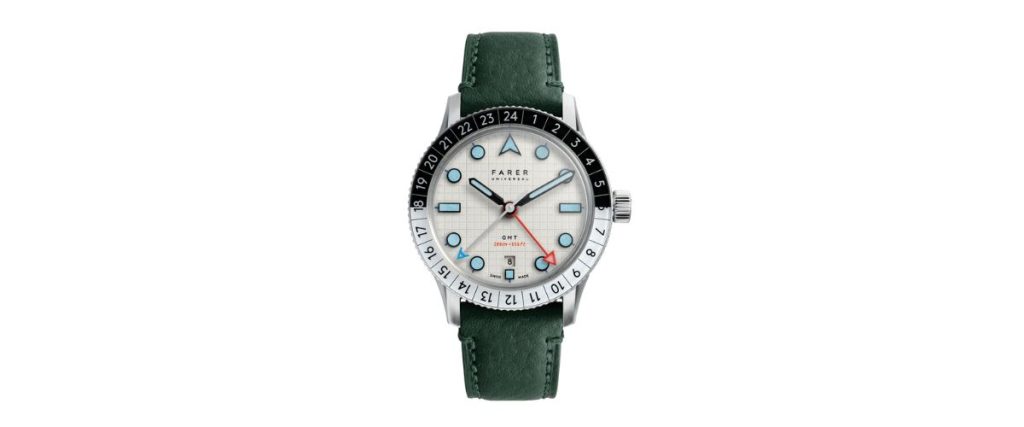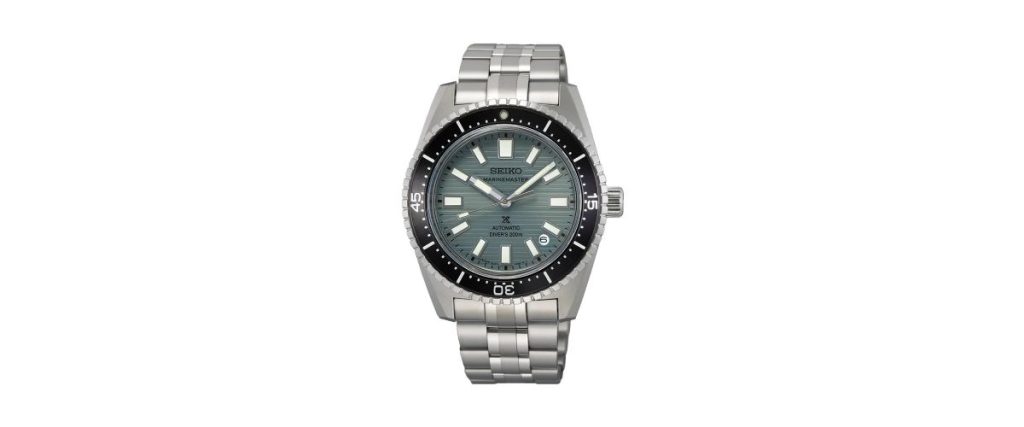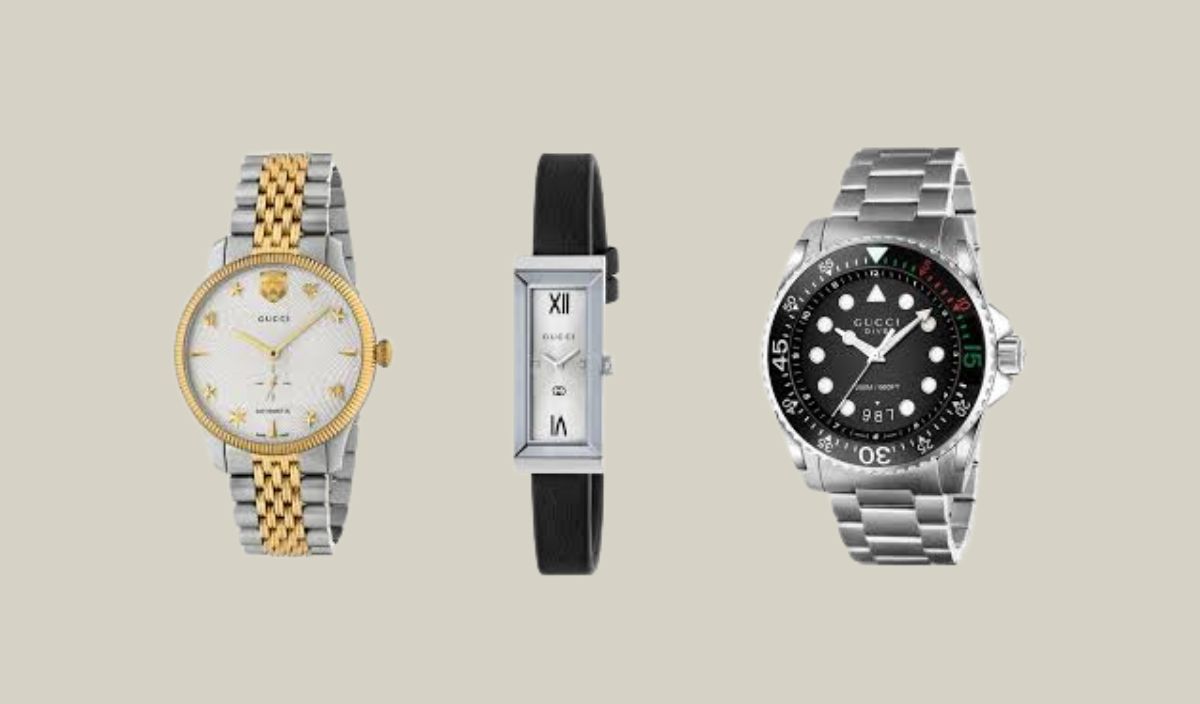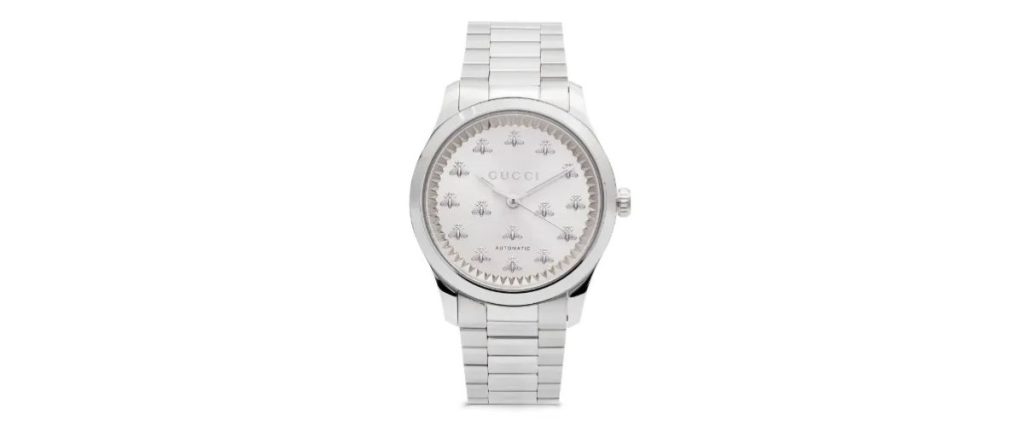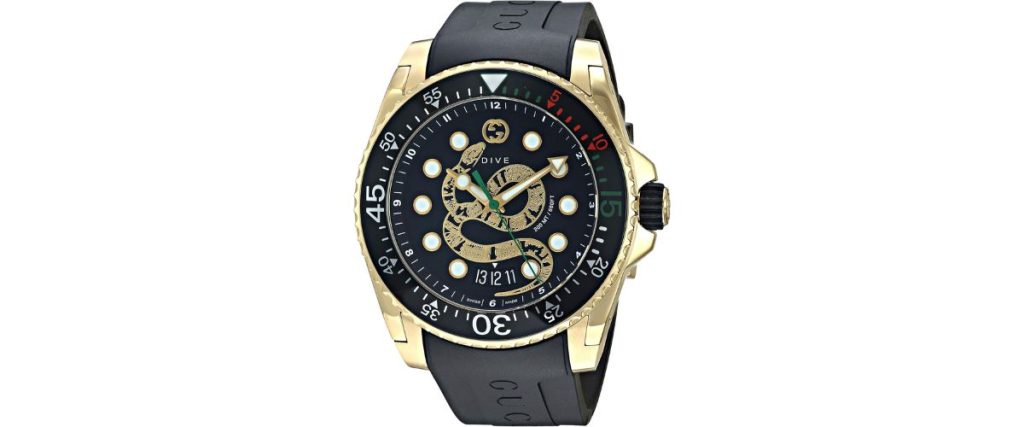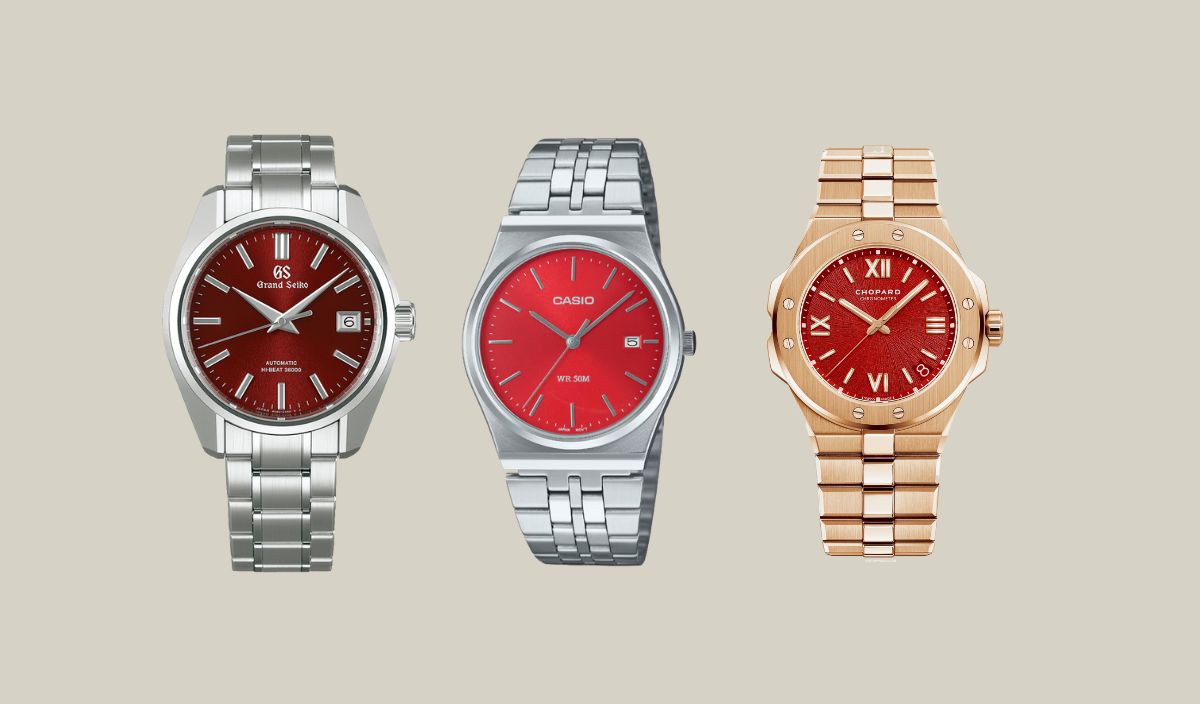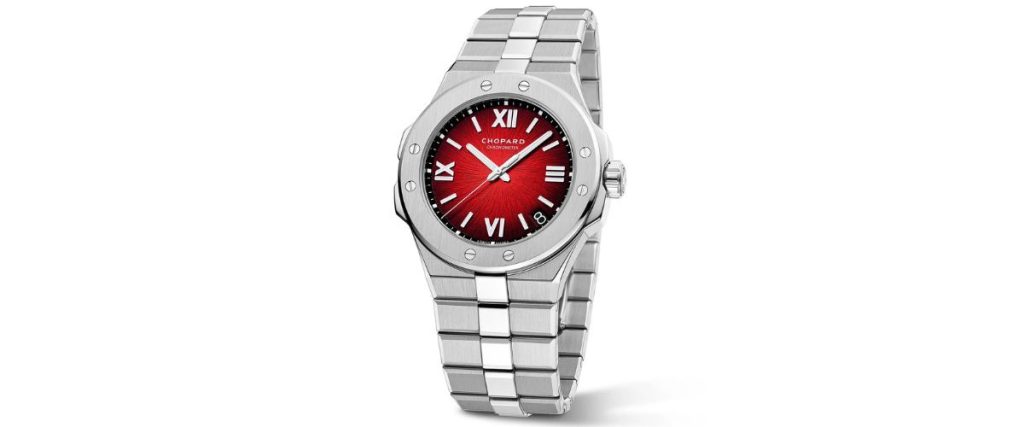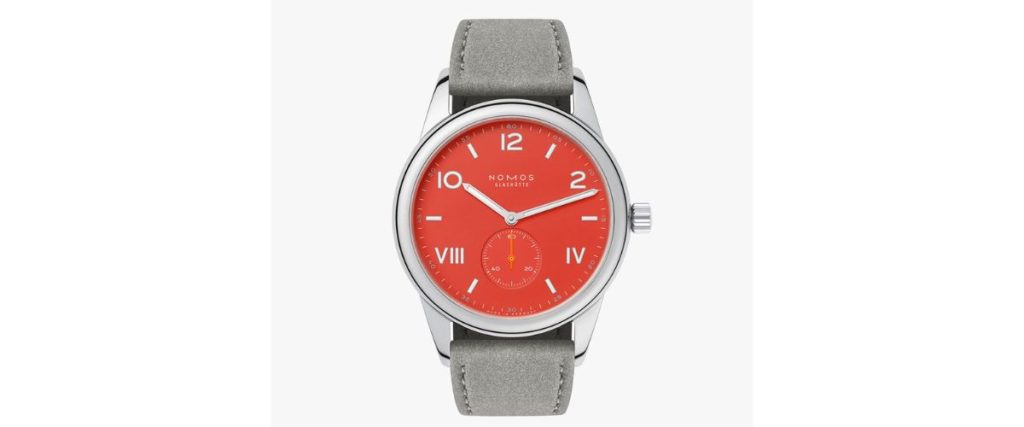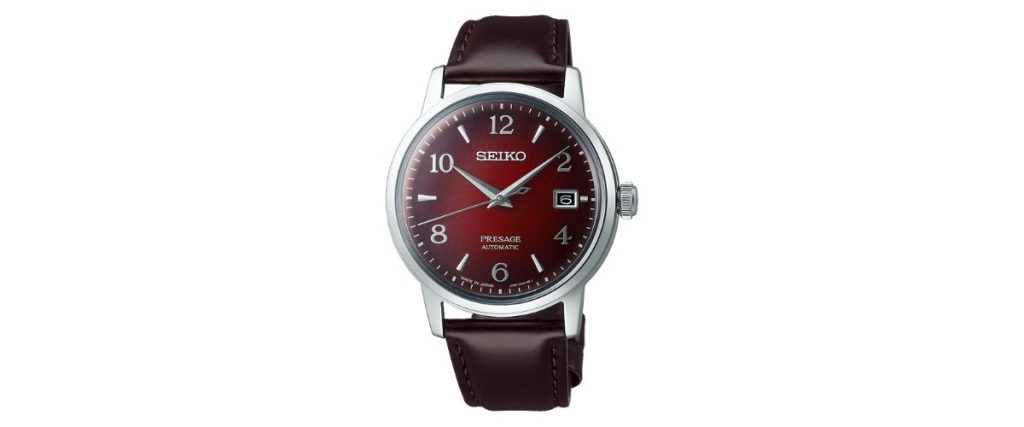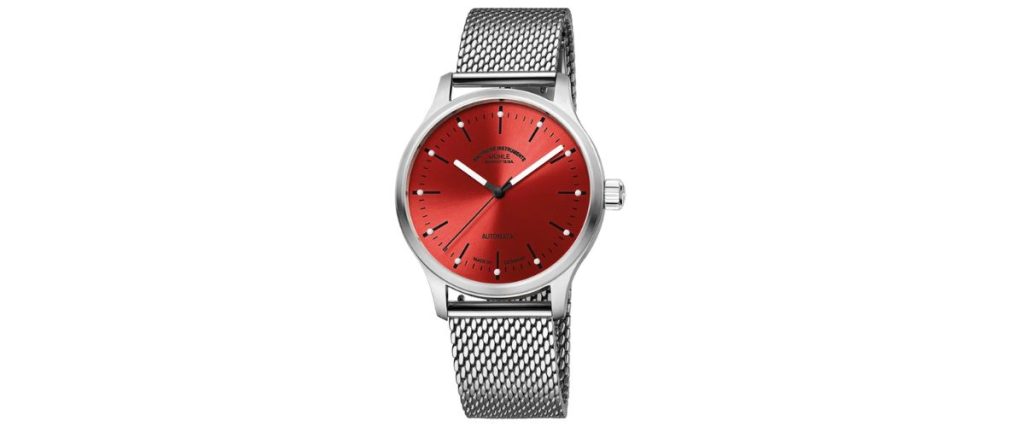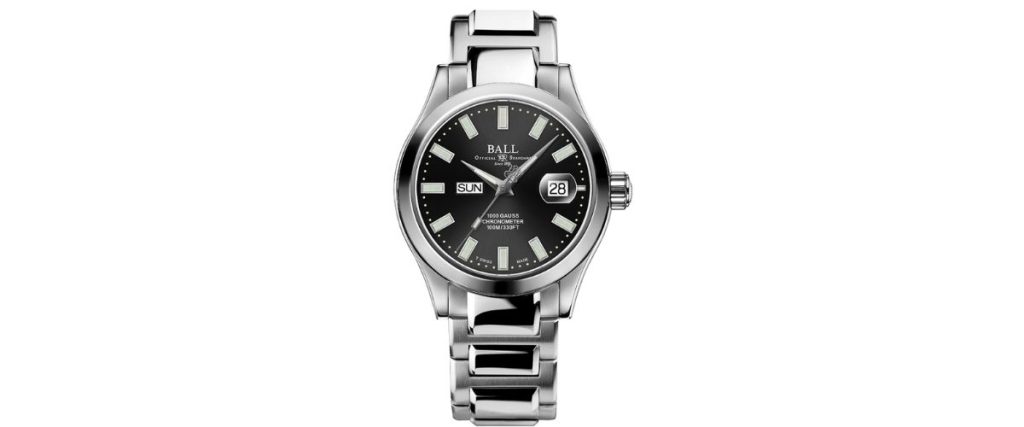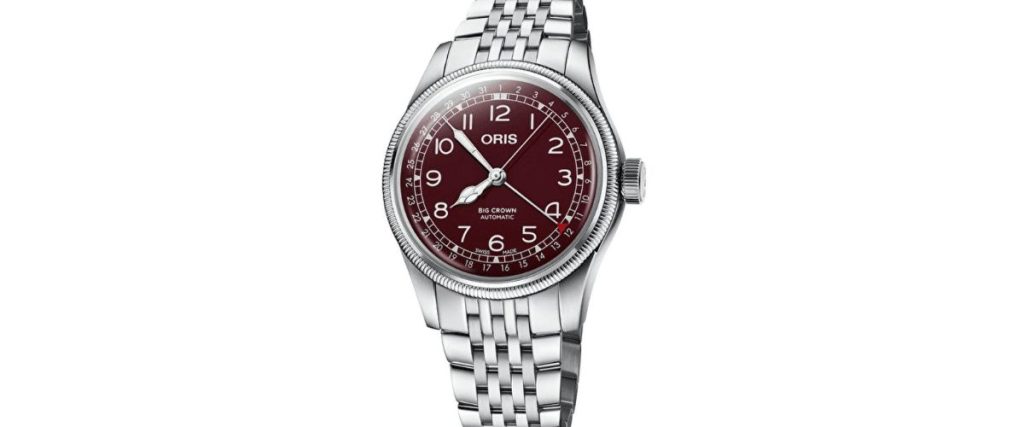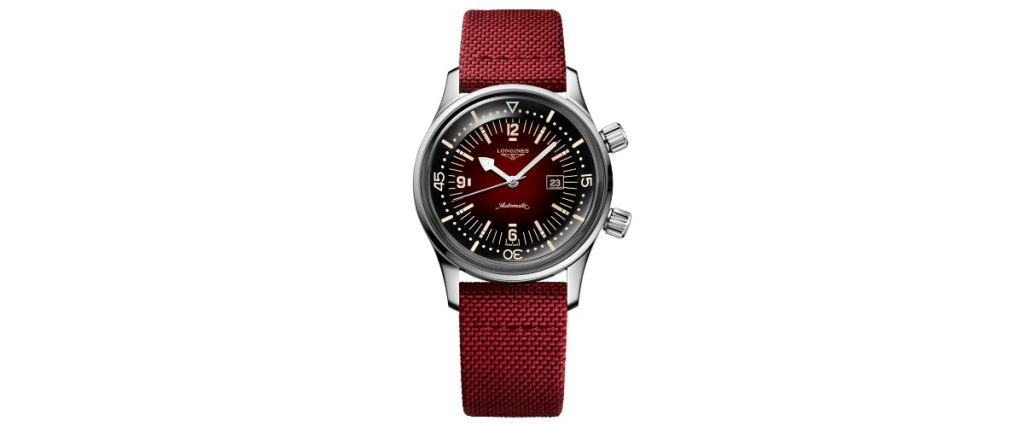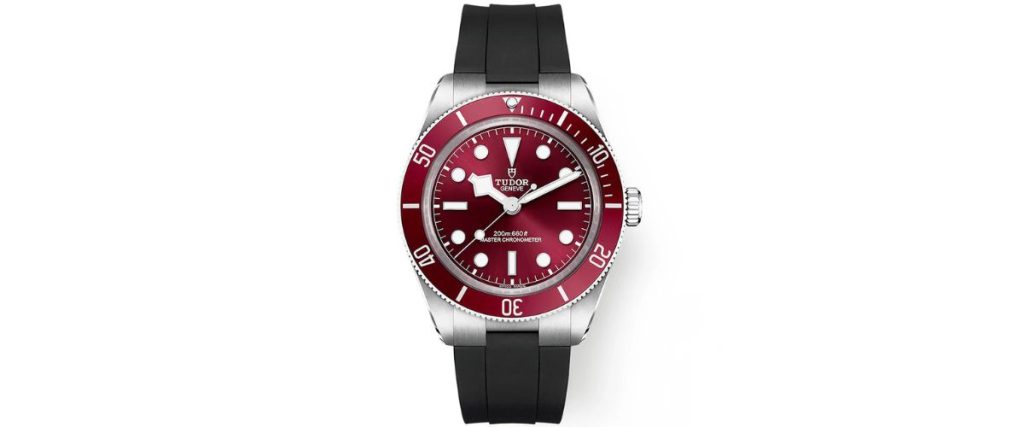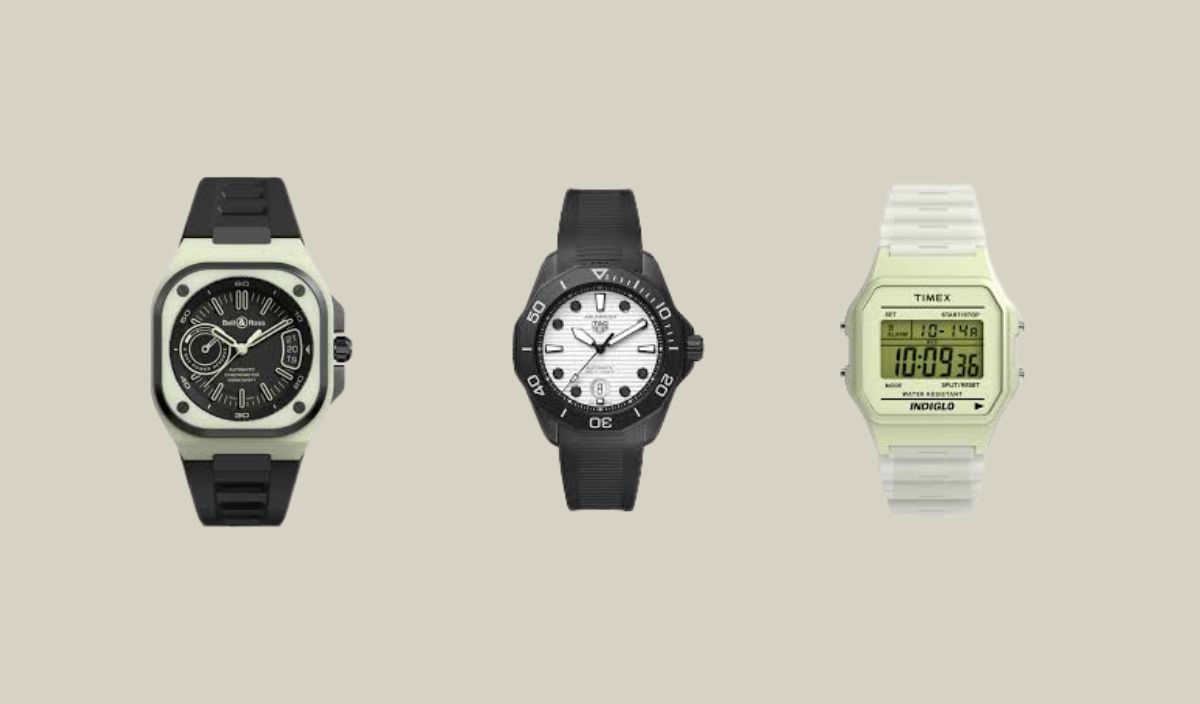
It doesn’t matter who you are, humans are hardwired to be drawn to things that shine. Maybe it’s a diamond, a freshly polished car, or maybe if you’re like us, it’s the satisfying glow of a luminous watch dial lighting up the darkness.
Sure, watches can get playful with quirky complications or over-the-top designs but most of the time, these gimmicks are just for show. But glow-in-the-dark dials are the perfect meeting point where fun meets function.
We’re not just talking about a bit of lume on the hands and hour markers, we mean full lume dials that radiate light like a miniature flashlight strapped to your wrist.
They look cool, they’re surprisingly practical, and they make checking the time in the middle of the night feel like a tiny adventure. So if you’re ready to embrace your inner moth, here are 20 of the brightest, boldest, and best glow in the dark watches out there.
A Quick History on Lume Watches
Before glow in the dark watch dials became a cool feature on modern watches, luminescence had a very practical origin. In the early 20th century, especially during World War I, soldiers needed to tell the time quickly and clearly in low light.
The solution was luminous paint. But unfortunately, the first iteration of lume used radium, a highly radioactive substance that although did its job by glowing brightly came with serious health risks.
Radium was applied by factory workers, many of them women, who were instructed to shape their paint brushes with their lips, a practice that led to devastating cases of radiation poisoning.
Known today as the “Radium Girls,” their tragic story helped bring about critical workplace safety reforms and the eventual ban of radium in consumer products.
In its place came tritium, still radioactive, but much safer, and eventually the more commonly seen photoluminescent compounds like Super-LumiNova and LumiBrite, which are non-radioactive and recharge with light exposure.
And some watch brands, mostly the big names, have their own patented lumes just to show off. But whichever form it takes, lume is now not just functional but often a hallmark of watch design.
The Best Glow in the Dark Watches
From early battlefield necessity to modern-day style statement, lume has come a long way and in the same way, no matter if you’re after serious night-time legibility or just love that glow in the dark magic, there’s a long list of glow in the dark watches out there to choose from. Here are some of our personal favourites…
Bell & Ross BR-X5 Green Lum

Bell & Ross have never been shy with lume, in fact far from it. As a brand rooted in aviation and diving, legibility is in their DNA, and Super-LumiNova is a staple across nearly all of their watches.
But with their LUM collection, they’ve taken things up a notch and expanded the glow from the hands and indices to full dials, and now, even the case. One of our favorites is the futuristic BR-X5 Green Lum.
The 41mm case combines DLC-coated titanium with a glowing green composite called LM3D, giving the watch a luminous frame that shines just as much as the dial.
And the dial, also glowing bold, is made from matte black and packed with Super-LumiNova across the skeletonized hands, indices, power reserve indicator and triple-digit date windows.
Price starts from $13,300
TAG Heuer Aquaracer Professional 300 Night Diver
TAG Heuer might be best known for their racing chronographs, but I’ve always thought their dive watches are just as good and one perfect example is the TAG Heuer Aquaracer Professional 300 Night Diver.
Inspired by a 1980s “Night Diver”, a watch James Bond is rumoured to have worn once-upon-a-time, this model brings back the all-lume dial in a sleek, tactical package.
The 43mm case is fully blacked out with a matte DLC-coated stainless steel finish and a signature 12-sided bezel featuring a matte black ceramic insert. But the real star here is the dial.
It has a clean, milky white surface by day, and a full-on glowing spectacle by night thanks to an entirely luminescent coating. Paired with bold blacked-out hands and markers, it’s an absolute standout in the dark.
Price starts from $3,350
Timex T80 Glow in the Dark Limited Edition

Glow in the dark watches don’t have to cost thousands and Timex proves that with the insanely affordable T80 Glow in the Dark Limited Edition. This retro digital piece is a throwback to the 1980s, and it nails the vibe perfectly with its nostalgic styling and bright yellow resin case and strap that glow after dark.
That’s right, the entire case and strap are coated in glow-in-the-dark material, giving it a soft greenish radiance when the lights go out. And on top of that, it also features Timex’s signature INDIGLO backlight, which lights up the digital display at the push of a button.
Sized at a compact and comfortable 34mm, the T80 includes all the digital essentials including a stopwatch, customizable alarm, and date display. It’s water-resistant to 30 meters and runs on a reliable quartz movement.
Price starts from $99
Panerai Submersible Elux LAB-ID PAM01800
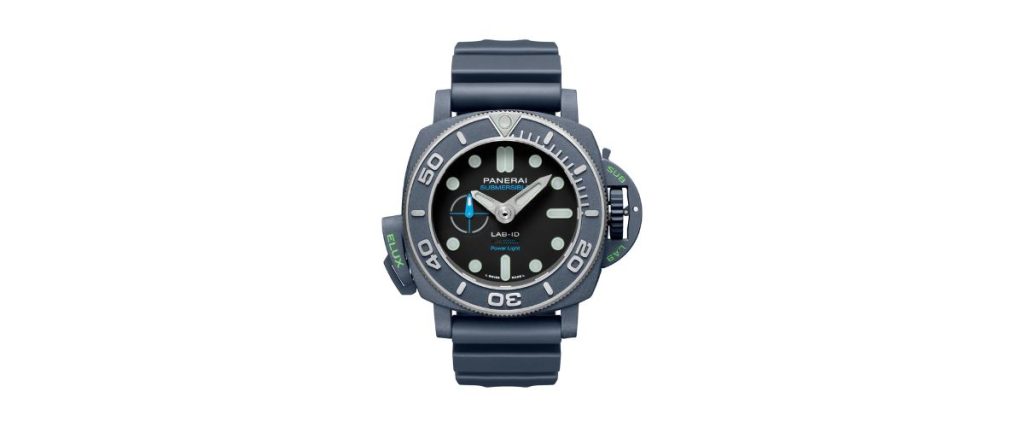
Another luxury watchmaker well-known for their use of lume in their watches in Panerai. And one of their most advanced expressions of that legacy is the Panerai Submersible Elux LAB-ID PAM01800.
Its centrepiece feature is the mechanical power-light system that lets you light up the dial, hands, and bezel on demand.
Press the patented pusher at 8 o’clock, and the watch uses stored mechanical energy to power 160 micro-LEDs, flooding the display with glow for up to 30 minutes.
The 49mm beast is also built from Ti-Ceramitech, a groundbreaking ceramized titanium that’s 44% lighter than steel and 10 times tougher than traditional ceramic.
Inside beats the complex P.9010/EL calibre, featuring six barrels, four for the light function and two for timekeeping with a 3-day power reserve.
It’s fully mechanical, water resistant to 500 meters, and loaded with Super-LumiNova® X2 and X1 in strategic places.
Price starts from $96,300
G-Shock GA2100HD-8A
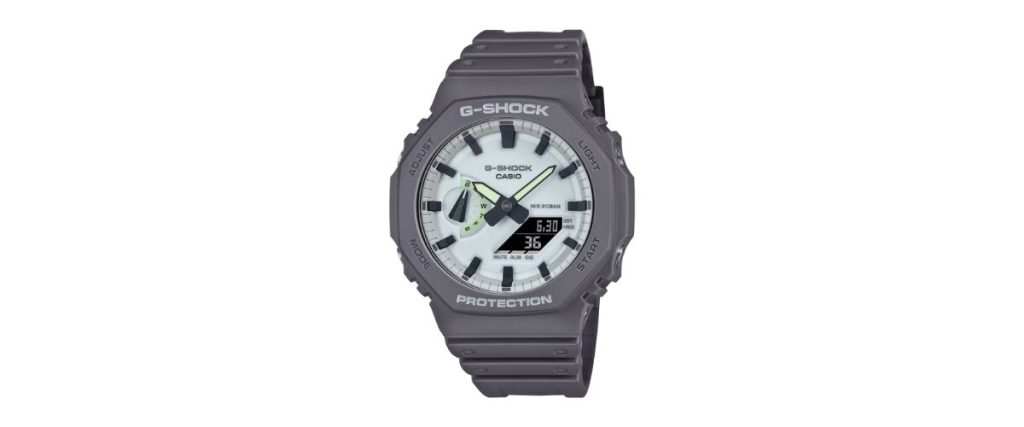
I love the nickname this one has obtained: the “Casiglowk”, evolving from “Casioak” but hinting at its luminosity.
The G-Shock GA2100HD-8A is part of Casio’s Hidden Glow series and features a fully luminescent dial that comes to life when the lights go out, glowing through the signature octagonal shape that helped define the GA2100’s fanbase.
The gray-on-gray palette gives the watch a stealthy look by day, but at night, the Neobrite lume lights up the dial like a lantern.
Black hour markers and skeletonized hands keep things legible even when the lume’s firing, and the subtle green tint in the day window adds just enough contrast.
Of course, it’s still a G-Shock so it’s shock resistant, 200m water resistant, ultra-durable, and ridiculously affordable.
Price starts from $110
Signum Cuda Titanium
This one isn’t just a single watch but a full collection. The Signum Cuda Titanium Full Lume offers a range of configurations built around one bold concept: extreme luminescence.
Whether you go for BGW9 blue, C5 green, or the rare dark orange dial lume, you’re getting a fully lumed dial and date wheel, all powered by Swiss Super-LumiNova.
You can also choose between shark-tooth or plain ceramic bezels, in black or blue, making this one of the most customizable full-lume offerings out there.
The 42.5mm case might sound hefty, but thanks to titanium construction, it wears light and comfortable. The matching titanium bracelet includes faceted end links that give the whole package a sharp, functional look.
Under the hood is the reliable Seiko NH35 automatic movement with a 41 hour power reserve. And it’s a true diver so there’s a 200 meter water resistance too.
Price starts from $449
Tissot PRX Quartz White
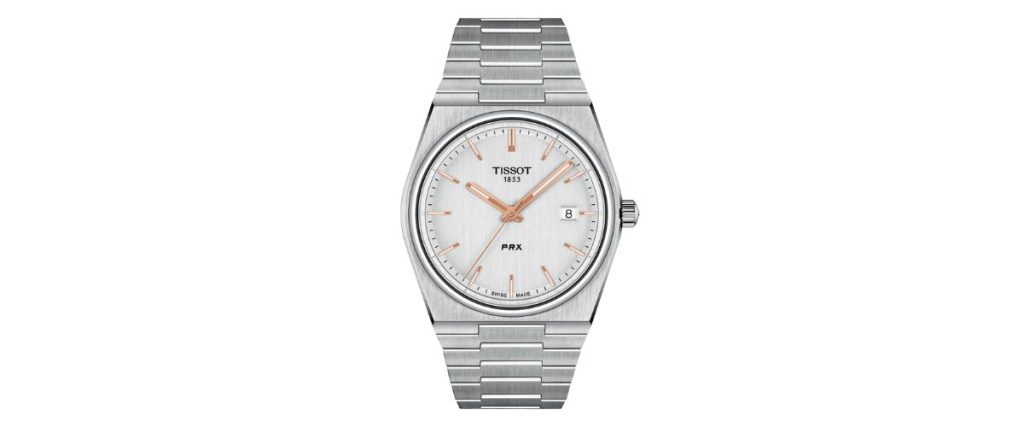
As if the Tissot PRX wasn’t cool enough, this full lume dial variant takes it up a notch. Released in early 2023, it keeps the classic 40mm size and slim, barrel-shaped case that makes the PRX so wearable but instead elects a dial that’s a crisp, stark white in the day and right blue at night.
Pair that with a soft, quick-release white rubber strap and you’ve got a watch that’s both sleek and sporty, perfect for those who want clean style with a little extra glow. Hiding inside the Tissot PRX Quartz White, you get a reliable Swiss quartz movement making this watch super slim and low maintenance.
Price starts from $375
IWC Pilot’s Watch Chronograph 41 Ceralume
A glow in the dark watch even Lewis Hamilton appreciates, the IWC Pilot’s Watch Chronograph 41 Ceralume features a fully luminescent white ceramic case, dial, bezel, and strap, all glowing brilliantly in the dark thanks to IWC’s innovative Ceralume technology.
According to the Swiss watchmaker, years of engineering went into mixing Super-LumiNova pigments directly into the ceramic, creating a glow that lasts over 24 hours. It was clearly worth it though, becoming a material that’s super crisp and has a cool, futuristic appeal
Price TBC
Norqain Neverest Night Sight
The Norqain Neverest Night Sight is my kind of full-lume watch and a personal favourite in their Adventure collection. Housed in the familiar 40mm Neverest case, this watch stands out with a rugged black DLC coating and a satin-brushed finish that screams sporty explorer.
But the real hallmark is the sand-colored dial crafted from X1 Super-LumiNova meaning it glows bright green in the dark for hours.
The bold 3-6-9-12 numerals were also a first for Norqain when this model was released and it works perfectly with the military-inspired edge this watch has.
The bi-directional compass bezel is a clever tool too, helping you find your way whether you’re in the northern or southern hemisphere. Inside, the COSC-certified NN20/1 movement powers the watch, offering 70 hours of power reserve.
Price starts from $3,510
A. Lange & Söhne Datograph Perpetual Tourbillon Honeygold “Lumen”
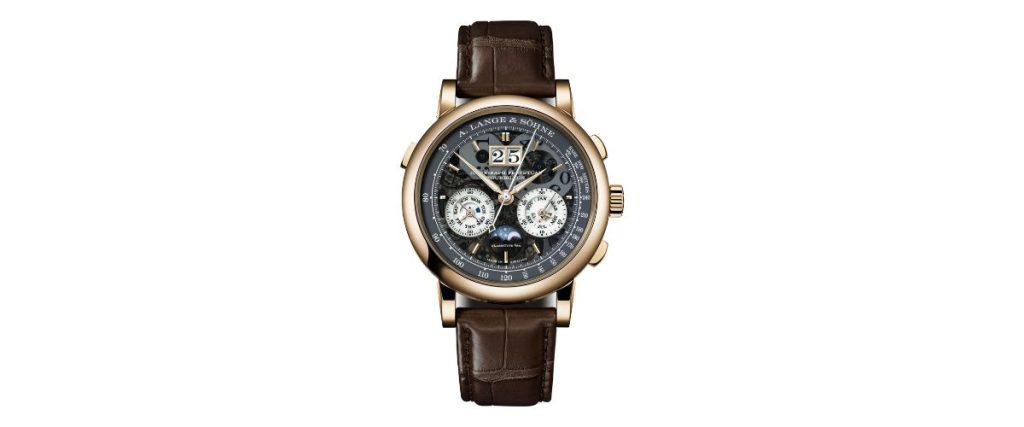
A glow in the dark watch that’s a little out of most of our budgets but is too insanely cool not to mention is the A. Lange & Söhne Datograph Perpetual Tourbillon Honeygold “Lumen.”
Marking 25 years since the original Datograph, this 2024 release combines a flyback chronograph, perpetual calendar with oversized date, and a one-minute tourbillon with stop-seconds, all in Lange’s exclusive Honeygold case with a “Lumen” dial.
The dial is a semi-transparent smoked sapphire coated with Super-LumiNova, making the date discs, subdials, and moonphase glow brilliantly in the dark.
The display also features a precise jumping minute counter, rapid calendar corrections, and a beautifully finished tourbillon visible through the case back. All this is powered by the in-house calibre L952.4 with 684 parts and 50 hour power reserve.
Price starts from €620,000
Citizen Promaster Aqualand Depth Gauge
The Citizen Promaster is a popular watch with any affordable watch collector, especially those that love a durable diver’s piece. But for those that want something with a little extra flair, the Aqualand Depth Gauge is where it’s at.
First launched in 1985, the Aqualand stood out by combining a quartz movement with an electronic depth gauge which was pretty cutting-edge for its day.
Even now, the depth gauge on the side gives it a unique profile, making it instantly recognizable, and not just a gimmick since it really does work underwater, measuring your depth accurately up to 200 meters.
The watch’s analog-digital combo, now fully luminous, keeps things clear and useful without overwhelming you with clutter. It’s a wonderful nod to the past and a no-nonsense dive watch in every sense of the word.
F.P. Journe Élégante 48mm Titanium

When it comes to glow in the dark watches, few manage to blend cutting-edge innovation with true haute horology like the F.P. Journe Élégante 48mm Titanium. This is one of the world’s most expensive quartz watches and for good reason.
Inside its sleek, flat tortue-shaped case lies a revolutionary electro-mechanical movement that shuts down to conserve energy when not in use, then springs back to life when you pick it up, instantly resetting the hands to the correct time.
For lume lovers though, it’s all about the full luminescent dial. Inspired by mother-of-pearl, it glows with an ethereal clarity, while the bold hands sweep over it like silhouettes in a shadow play.
The 48mm case may sound large, but it’s surprisingly wearable thanks to its lightweight titanium construction and ergonomic rubber strap.
Price starts from $70,600
Doxa Sub 300 Carbon Whitepearl

Doxa is no stranger to color having executed their Sub 300 watch in almost every colour under the rainbow, but with the Sub 300 Carbon Whitepearl, they’ve taken a sharp left turn.
This isn’t just another white-dial dive watch because despite its monochrome look inclusive of a matte white dial and stealthy forged carbon case, its display is wholly luminous thanks to a full coating of white Super-LumiNova.
The 42.5mm case is forged carbon, making it super lightweight, while a titanium inner case and screw-down crown ensure it is dive ready to 300 meters.
Inside is a COSC-certified ETA automatic movement, so performance is as solid as the looks and you can choose from a black or white silicone strap, both working perfectly with the monochromatic attire.
Price starts from $4,090
Bulgari Octo Finissimo Chronograph GMT

Bulgari has never played by the rules and their Octo Finissimo Chronograph GMT is just one of many examples.
This ultra-thin, hyper-modern timepiece, created in collaboration with The Rake and Revolution, takes everything you thought you knew about ceramic watches and dials it way, way up. Thanks to a full Super-LumiNova dial, this thing glows, not in a subtle, occasional way either.
To pull it off, Bulgari had to rethink lume entirely. Because the dial is just 0.3mm thick, traditional lume-coated markers were out.
So designer Fabrizio Buonamassa painted the whole dial with Super-LumiNova, allowing all subdials and hands to pop in negative relief.
The result is a chronograph that looks sleek and stealthy by day, then explodes with light at night. Add in the ceramic case, 55 hour power reserve, second time zone, and world-record-thin BVL 318 movement, and you’ve got a statement piece with real watchmaking firepower.
Price starts from $17,300
Bell & Ross BR V2-94 Full Lum

Another glow in the dark watch from Bell & Ross is the BR V2-94 Full Lum but unlike the bold BR-X5, this one brings its fully luminous dial with a softer, vintage personality.
In fact, this model was Bell & Ross’s first time applying its FULL LUM concept to the rounded, retro-inspired BR V2-94 case and the result is a chronograph that’s part aviation instrument, part glowing curiosity, and all charm.
During the day, the dial wears a calm, pastel green tone that’s subtle and stylish, almost chalky in texture. But when the lights go out, the whole watch transforms.
Thanks to a trio of Super-LumiNova pigments, it lights up in multiple colors: the main dial glows green, the chronograph minutes counter at 9 o’clock glows blue, and the hands and markers pop with a yellow hue, all framed in crisp black outlines for contrast.
It also has a 41mm case, fixed aluminum bezel, and domed “box” sapphire crystal to add to the 1960s energy.
Price starts from $5,100
Boldr Venture Field Blue Moon

Unlike many tool watches that rely on just luminous markers or hands, the Boldr Venture Field Blue Moon glows entirely from dial edge to edge thanks to a full coating of BGW9 Super-LumiNova.
By day, it’s an ultra-legible field watch with black hands and markers standing out crisply against the pale dial. But once darkness falls, the dial transforms into a glowing beacon of icy blue, living up to its namesake and then some.
Inside the 38mm matte titanium case beats the ever-reliable Seiko NH35A automatic movement, offering 42 hours of power reserve and 200 meters of water resistance which is more than enough for outdoor adventures.
The flat sapphire crystal with anti-reflective coating keeps things clear, and a screw-down crown at 4 o’clock adds a nice functional feel.
Price starts from $299
Arnold & Son Luna Magna Platinum Meteorite
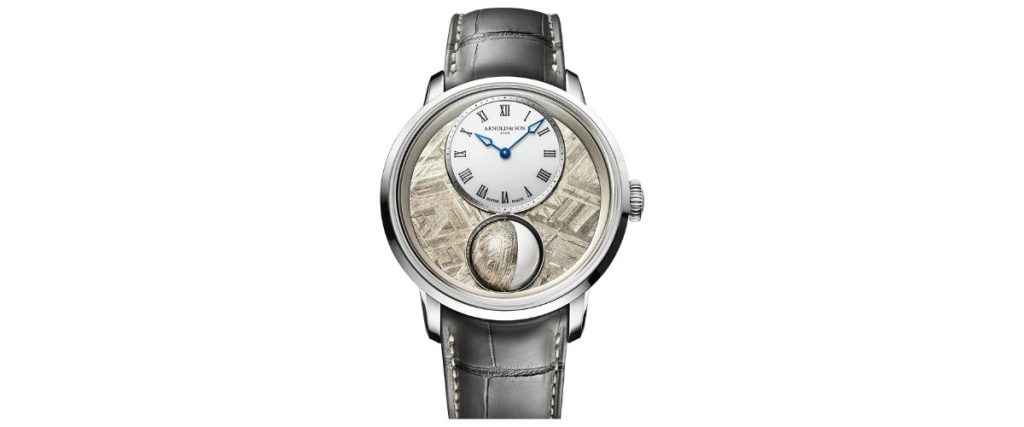
It makes sense that a watch that pays tribute to the moon offers plenty of luminosity. The suitably named Luna Magna Platinum Meteorite by Arnold & Son is exactly that with a 12mm spherical moon phase, the largest of its kind, crafted from meteorite and luminous white opal at the centre.
This celestial orb rotates within a deep aperture at 6 o’clock, with the meteorite side symbolizing the dark far side, and the opal evoking the glowing near side visible from Earth.
The main dial, too, is meteorite and etched with the distinctive Widmanstätten pattern and treated with a sandy PVD finish that mimics moondust.
Above, an opal subdial at 12 o’clock displays time with Roman numerals and heat-blued hands. Both the subdial and moon glow ethereally at night with Super-LumiNova. Housed in a 44mm polished platinum case is the hand-wound A&S1021 calibre with a 90 hour power reserve.
Price starts from $80,700
Mühle Glashütte’s S.A.R. Rescue-Timer Lumen

Built for life-saving missions and unforgiving conditions, the S.A.R. Rescue-Timer Lumen from Mühle Glashütte is engineered for maximum legibility and resilience.
Originally developed in partnership with the German Maritime Search and Rescue Service, this updated version takes visibility to the next level with a full Super-LumiNova dial that glows a vivid blue-green in the dark.
Its 42mm stainless steel case is fitted with a soft rubber bezel that minimizes impact and prevents injuries during rescue work.
A massive 4mm thick sapphire crystal, three times stronger than standard, offers extreme shock protection, while water resistance up to 1,000 meters ensures survival in the harshest aquatic environments.
The movement used is the Sellita SW200-1 automatic movement with Mühle’s proprietary woodpecker neck regulation for reliable precision.
Price starts from $2,250
Christopher Ward C1 Worldglow
This was one of the first watches from British brand Christopher Ward that really caught my eye. The C1 Worldglow takes the classic worldtimer concept and adds a bold twist: a fully lumed dial that lights up the map, 24 hour ring, and city disc with a soft blue Super-LumiNova glow. It’s surprisingly functional in the dark and undeniably cool.
At 43.5mm wide and just under 52mm lug-to-lug, it’s large for a dress watch but the size gives the dial room to breathe.
The worldtime function is intuitive, using a rotating 24 hour ring and city disc, with a red marker to track a second city. Inside is a modified Sellita SW330-1 with Christopher Ward’s JJ03 module and a 42 hour power reserve.
Price from $1,995
Bulova Oceanographer Devil Diver GMT
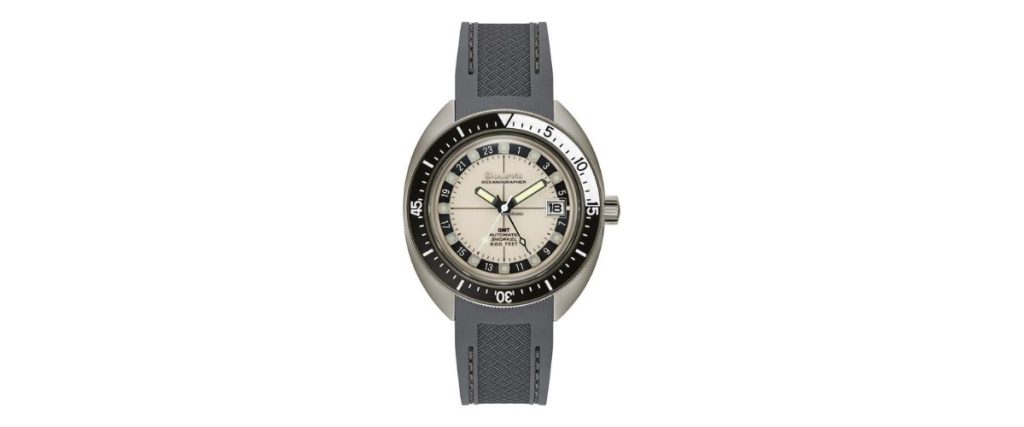
And finally, the fully-lumed Bulova Oceanographer Devil Diver GMT takes a vintage cult classic and injects modern utility and glow-in-the-dark charisma. With its cushion case, domed sapphire crystal, and signature 3D crystal hour markers, this dive-style flyer GMT is bursting with retro charm.
But it’s the lume-dial variant that is easily the most distinctive of the lineup, thanks to its cream-colored dial and fully luminous bezel and markers that absolutely light up in the dark.
The gunmetal-plated stainless steel case measures 41mm wide and 45.2mm lug-to-lug, with a 14.6mm thickness that wears smaller than expected due to the short lugs. Inside beats the Miyota 9075, a true travel GMT movement with a jumping local hour hand.
Price starts from $1,950
Conclusion
I don’t know about you, but there’s something undeniably satisfying about a fully luminous watch. Beyond the visual punch, they serve a real purpose, offering quick, clear legibility when you actually need it. And hopefully as this list proves, you don’t have to stick to one style.
From rugged dive watches and tactical pilot chronographs to minimalist dress pieces and everyday beaters, there’s a glow-in-the-dark option out there for just about everyone. Some lean technical, others lean fun, but they all make checking the time feel a little more alive after dark.


